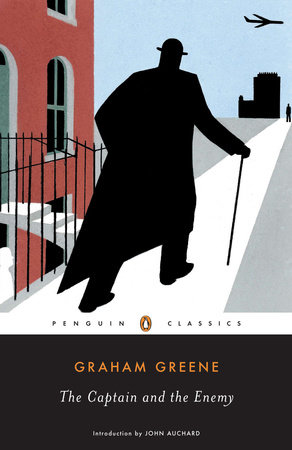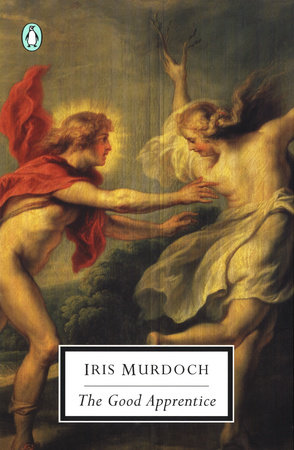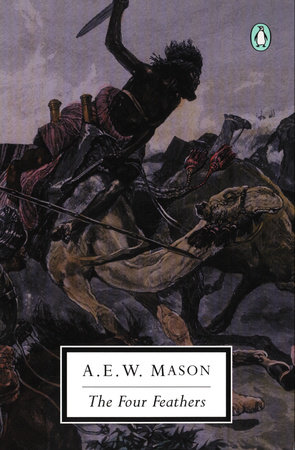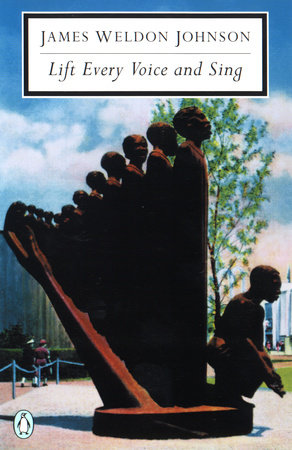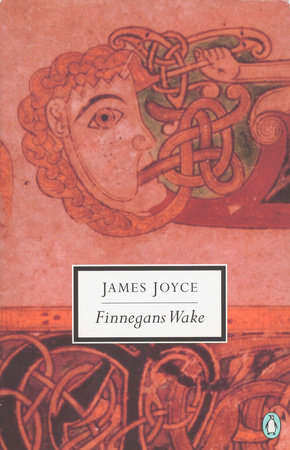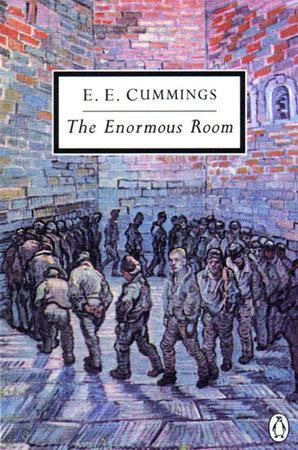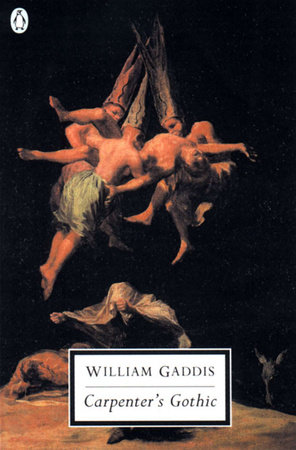
A Russian Journal
John Steinbeck
Paperback
December 1, 1999 | ISBN 9780141180199
AmazonBarnes & NobleBooks A MillionBookshop.orgHudson BooksellersPowell'sTargetWalmart
Ebook
December 1, 1999 | ISBN 9781440657504
AmazonApple BooksBarnes & NobleBooks A MillionGoogle Play StoreKobo
About the Book
Just after the Iron Curtain fell on Eastern Europe, Pulitzer Prize-winning author John Steinbeck and acclaimed war photographer Robert Capa ventured into the Soviet Union to report for the New York Herald Tribune. This rare opportunity took the famous travelers not only to Moscow and Stalingrad – now Volgograd – but through the countryside of the Ukraine and the Caucasus. Hailed by the New York Times as "superb" when it first appeared in 1948, A Russian Journal is the distillation of their journey and remains a remarkable memoir and unique historical document.
What they saw and movingly recorded in words and on film was what Steinbeck called "the great other side there … the private life of the Russian people." Unlike other Western reporting about Russia at the time, A Russian Journal is free of ideological obsessions. Rather, Steinbeck and Capa recorded the grim realities of factory workers, government clerks, and peasants, as they emerged from the rubble of World War II—represented here in Capa’s stirring photographs alongside Steinbeck’s masterful prose. Through it all, we are given intimate glimpses of two artists at the height of their powers, answering their need to document human struggle. This edition features an introduction by Steinbeck scholar Susan Shillinglaw.


